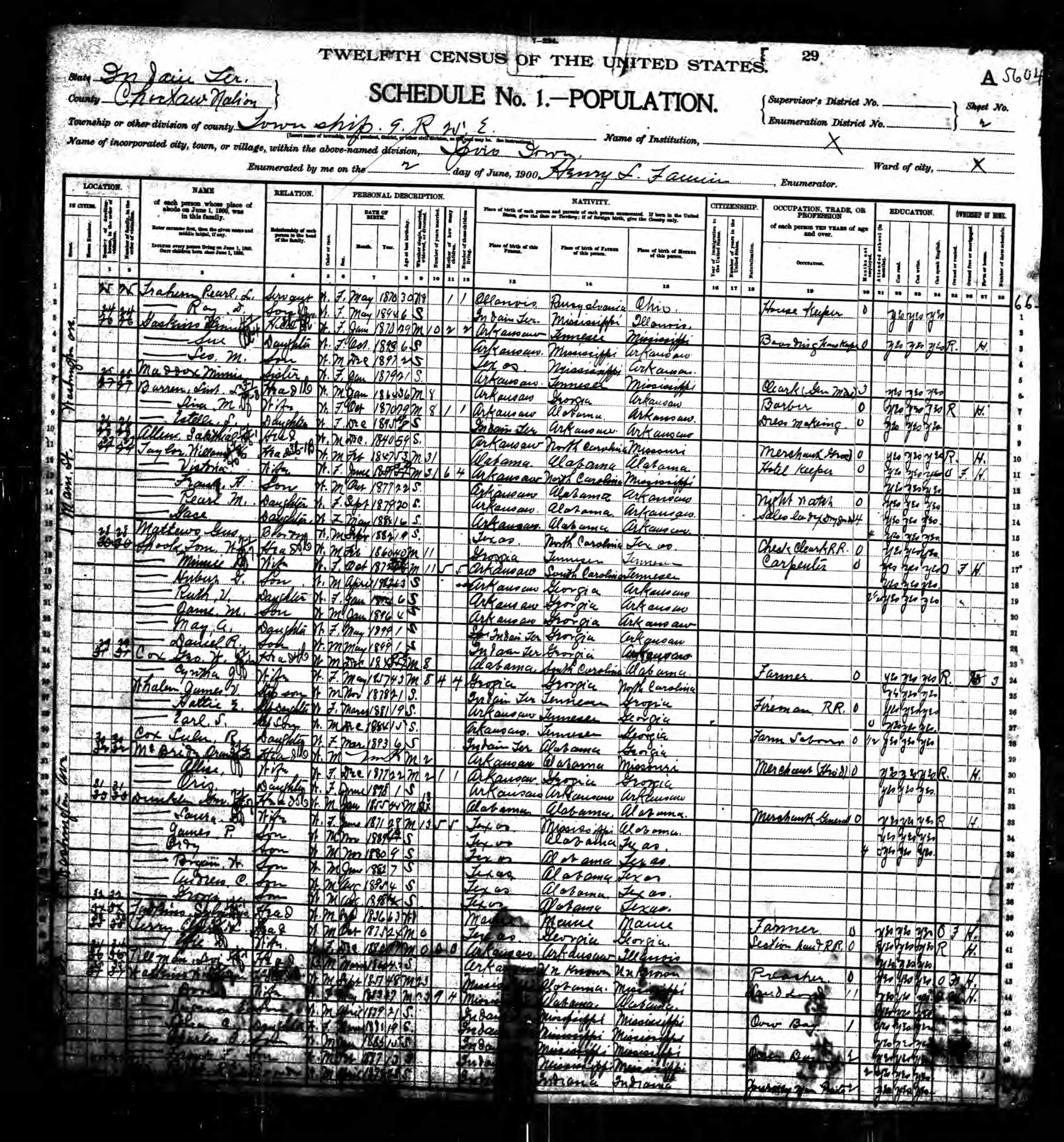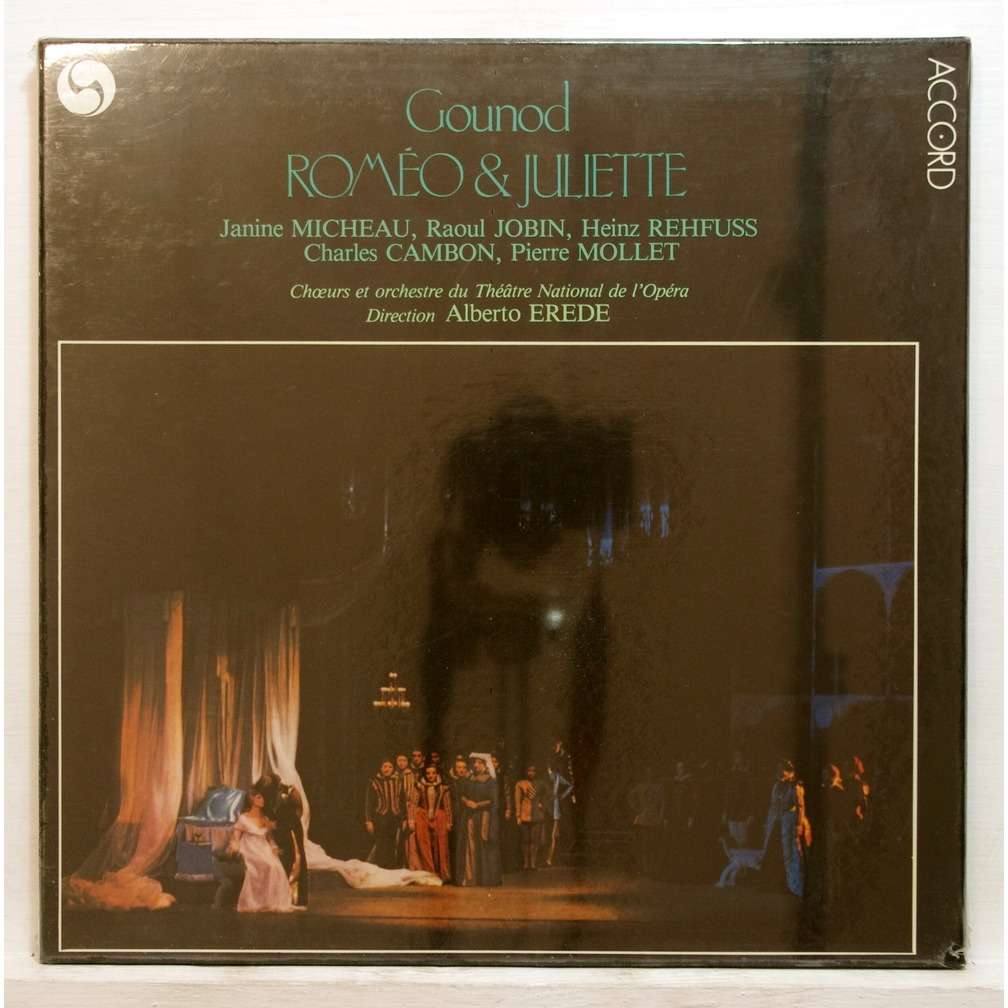Table of Content
After eleven years as Choctaw chief, Belvin persuaded Representative Carl Albert of Oklahoma to introduce federal legislation to begin terminating the Choctaw tribe. It would provide for the government to sell all remaining tribal assets, but would not affect any individual Choctaw earnings. It also provided for the tribe to retain half of all mineral rights, to be managed by a tribal corporation.

The Choctaw Nation is one of three federally recognized Choctaw tribes; the others are the sizable Mississippi Band of Choctaw Indians, with 10,000 members and territory in several communities, and the Jena Band of Choctaw Indians in Louisiana, with a few hundred members. The latter two bands are descendants of Choctaw who resisted the forced relocation to Indian Territory. The Mississippi Choctaw preserved much of their culture in small communities and reorganized as a tribal government in 1945 under new laws after the Indian Reorganization Act of 1934. On 25 August 1959, Congress passed a bill to terminate the tribe; it was called "Belvin's law" because he was the main advocate behind it. Belvin created overwhelming support for termination among tribespeople through his promotion of the bill, describing the process and expected outcomes. Tribal members later interviewed said that Belvin never used the word "termination" for what he was describing, and many people were unaware he was proposing termination.
What race is Choctaw?
Captured German officers said they were baffled by the Choctaw words, which they were completely unable to translate. According to historian Joseph Greenspan, the Choctaw language did not have words for many military ideas, so the code-talkers had to invent other terms from their language. Examples are "'big gun' for artillery, 'little gun shoot fast' for machine gun, 'stone' for grenade and 'scalps' for casualties." Historians credit these soldiers with helping bring World War I to a faster conclusion. The government created "guardianship" by third parties who controlled allotments while the owners were underage.

During Gardner's term as chief, a tribal newspaper, Hello Choctaw, was established. In addition, the Choctaw directed their activism at regaining rights to land and other resources. With the Muscogee and Cherokee nations, the Choctaw successfully sued the federal and state government over riverbed rights to the Arkansas River. The Tribal council members are the voice and representation of the Choctaw people in the tribal government.
Top Ten Museum Status Awarded to Choctaw Cultural Center
At least one member, the presiding judge , must be a lawyer licensed to practice before the Supreme Court of Oklahoma. Members of the Tribal Council are elected by the Choctaw people, one for each of the twelve districts in the Choctaw Nation. The supreme executive power of the Choctaw Nation is assigned to a chief magistrate, styled as the "Chief of the Choctaw Nation". The Assistant Chief is appointed by the Chief with the advice and consent of the Tribal Council, and can be removed at the discretion of the Chief. The current Chief of the Choctaw Nation is Gary Batton, and the current Assistant Chief is Jack Austin, Jr. In English, the official name for the area was "Choctaw Nation", as outlined in Article III of the 1866 Reconstruction Treaty following the Civil War.

The suit was classified as a renewal of the 1944 case against the US Court of Claims, but that did not stop the antagonism between Belvin and the area BIA officials. Poorly trained personnel, inefficiency, corruption, and lack of consistent policy plagued the organization almost from its founding. For Belvin, relief from BIA oversight of policies and funds seemed as if it might enable the Choctaw to maintain their own traditional ways of operating and to reform their own governing council. The Reverend Cyrus Kingsbury, who had ministered among the Choctaw since 1818, accompanied the Choctaws from the Mayhew Mission in Oktibbeha County, Mississippi to their new location in Indian Territory. The church building was the temporary capitol of the Choctaw Nation in 1859.
What are the Choctaw food?
Missionaries were sent, representing several denominations, including the Southern Baptist, Congregationalists and Presbyterians. The Missionaries established a good rapport with the Choctaws, and early impressed upon the Choctaws the importance and need for formal education if they were to co-exist with the white man. The Choctaw public school system was started in 1821 before removal to what became Oklahoma. Immediately upon arrival to the western lands, schools began to spring up. After meeting to prepare the recommendation, the committee broke with precedent when it sent Czarina Conlan and Estelle Chisholm Ward to Washington, D.C.

Congress defined the first Indian Territory, with the Five Civilized Tribes occupying the land that eventually became the State of Oklahoma, excluding its panhandle. Republican President Richard Nixon, long sympathetic to American Indian rights, ended the government's push for termination. On August 24, 1970, he signed a bill repealing the Termination Act of 1959, before the Choctaw would have been terminated. Some Oklahoma Choctaw organized a grassroots movement to change the direction of the tribal government.
Reservation establishment in Oklahoma (1830-
In order to be elected as council members, candidates must have resided in their respective districts for at least one year immediately preceding the election and must be at least one-fourth Choctaw Indian by blood and at least twenty-one years of age. Once elected, council members must remain a resident of their district during the term in office. The Indian Removal Act, a law implementing Removal Policy, was signed by President Andrew Jackson on May 28, 1830. The act delineated Indian Territory, where the U.S. federal government forcibly relocated tribes from across the United States, including Indigenous peoples of the Southeastern Woodlands . The forced relocation of the Choctaw Nation in 1831 is called the Trail of Tears.

The Choctaw nation was made up of the Apuckshenubbe, Pushmataha, and Mosholatubbee Nations. Tribal members were registered as Choctaw by blood, but most Freedmen were classified as Black if they had visibly African-American features. They did not share equally with By Blood Choctaws in the allotment of Choctaw lands and resources. 2) Second is the story of two brothers, Chahta and Chickasha, who headed the People, in a land far away in the West.
To be an enrolled member of the Mississippi Band of Choctaw Indians requires individuals to be at least one/half blood quantum. Other tribes’ membership is based on each specific tribe’s own qualifications. First the Seminoles, then the Muscogees, then the Cherokees, then the Chickasaws, and finally, the Choctaws. Each of the aforementioned tribes had traveled to new lands to settle, except the Choctaws, who stayed close to their Mother. Several Choctaw serving in the 142nd Infantry suggested using their native tongue, the Choctaw language, to transmit army secrets. This change enabled the Americans to protect their actions and almost immediately contributed to a turn-around on the Meuse-Argonne front.
Antonia Leonard is an education expert who has dedicated her life to helping students achieve their academic goals. She has worked in schools all over the world, and has developed groundbreaking curricula that have helped countless students excel. The Choctaw were a tribe of Native American Indians who originated from modern Mexico and the American Southwest to settle in the Mississippi River Valley for about 1800 years. Known for their head-flattening and Green Corn Festival, these people built mounds and lived in a matriarchal society.
















